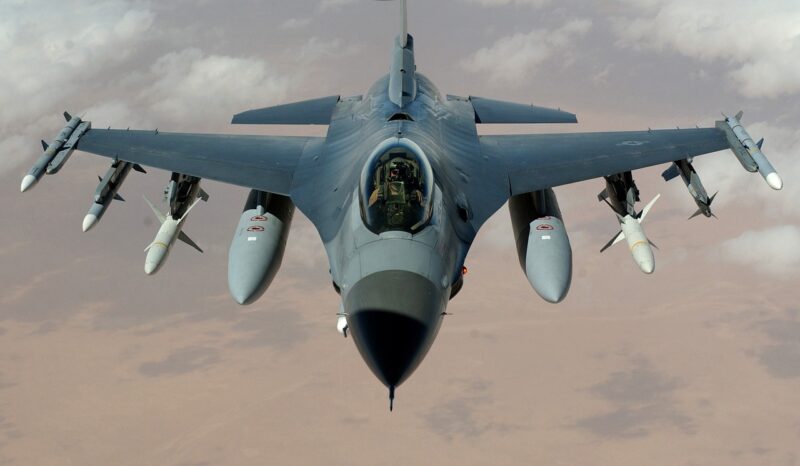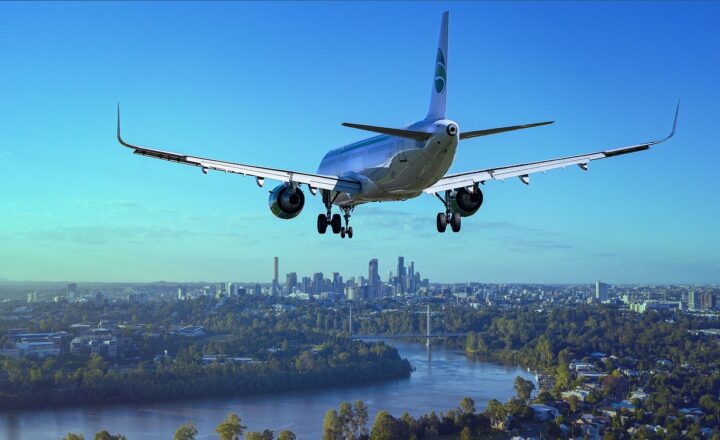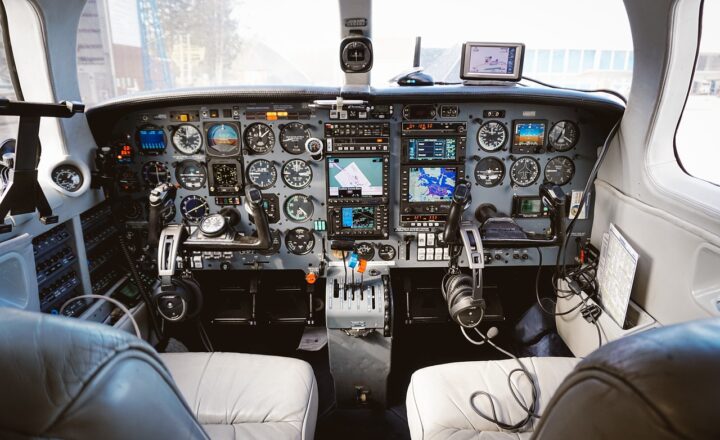10 Historic Aircraft That Changed the Course of Aviation Forever
November 11, 2024

The world of aviation has been shaped by numerous innovative aircraft that not only advanced engineering but also transformed how we perceive travel, warfare, and commerce. Below, we explore ten historic aircraft that significantly influenced the course of aviation, marking milestones in design, technology, and operational capabilities.
1. Wright Flyer (1903)
The Wright Flyer is credited as the first successful powered aircraft, achieving the world’s first controlled, sustained flight with a pilot aboard at Kitty Hawk, North Carolina. Designed by Orville and Wilbur Wright, this pioneering biplane flew for 12 seconds and covered 120 feet. The historic flight on December 17, 1903, set off a new era in transportation and paved the way for modern aviation. Its innovative three-axis control system became a standard feature in aircraft design.
2. Douglas DC-3 (1935)
The Douglas DC-3 revolutionized air travel by making it a viable mode of transportation for the masses. This twin-engine propeller aircraft could carry passengers and cargo efficiently over long distances. Its design and performance inspired confidence in commercial aviation, helping to establish major airlines. The DC-3 also played a crucial role in World War II, serving as a military transport aircraft, thereby cementing its legacy in both civilian and military aviation.
3. Boeing 707 (1958)
The Boeing 707 was the first commercially successful jet airliner, ushering in the Jet Age and making intercontinental travel faster and more accessible. Capable of flying up to 6,000 miles, the 707 revolutionized international travel and established Boeing as a leader in the aviation industry. Its comfortable cabin layout and efficient design set the standard for future airliners and greatly expanded the airline industry, contributing to globalization.
4. Concorde (1969)
As the first supersonic passenger aircraft, Concorde redefined luxury travel by flying at speeds over twice the speed of sound. With an iconic design featuring delta wings, it could cross the Atlantic in less than four hours. Although operational only for a few decades, Concorde represented the pinnacle of aviation innovation and luxurious travel. Its introduction not only showcased advancements in aerodynamics and materials but also inspired future research into supersonic travel.
5. Lockheed SR-71 Blackbird (1966)
The Lockheed SR-71 Blackbird is renowned as one of the fastest aircraft ever built, capable of speeds over Mach 3. Designed for reconnaissance missions, its unique design and advanced technology allowed it to evade enemy missiles and radar. The SR-71’s contributions to intelligence-gathering were invaluable during the Cold War, and its design principles continue to influence aerospace technology, especially in stealth aircraft.
6. Airbus A320 (1988)
The Airbus A320 was the first commercial airliner to feature a fully digital fly-by-wire control system, which significantly reduced pilot workload and improved safety. Its introduction marked a shift in aviation technology, leading to enhanced cockpit ergonomics and operational efficiency. The A320 family has become one of the world’s best-selling aircraft models, with thousands operating globally, and it remains a staple of modern commercial aviation.
7. Boeing 747 (1968)
The Boeing 747, affectionately known as the “Jumbo Jet,” was the first wide-body airliner and changed the landscape of air travel forever. Its large capacity and long-range capabilities made flying more affordable for the general public, effectively transforming airline economics. The 747 symbolizes the golden age of air travel and introduced thousands to the possibility of international travel, impacting tourism and business globally.
8. Lockheed Martin F-22 Raptor (2005)
The F-22 Raptor is a fifth-generation stealth fighter that incorporates advanced technologies such as supercruise, thrust vectoring, and sensor fusion. Its design provides a significant tactical advantage in air-to-air and air-to-ground combat, showcasing state-of-the-art advancements in military aviation. The F-22 represents the pinnacle of modern fighter aircraft, emphasizing the importance of stealth and versatility in contemporary warfare.
9. Boeing 787 Dreamliner (2011)
The Boeing 787 Dreamliner introduced composite materials and advanced aerodynamics to commercial aviation, significantly improving fuel efficiency and passenger comfort. With features like larger windows and a quieter cabin, the 787 redefined passenger experience. Its energy-efficient design has set new standards for future airliners, demonstrating the shift towards greener technologies in aviation.
10. Bell X-1 (1947)
The Bell X-1 was the first aircraft to break the sound barrier, piloted by Chuck Yeager in 1947. This milestone achievement showed that supersonic flight was achievable and laid the groundwork for future high-speed aviation developments. The design challenges faced and overcome with the X-1 have influenced countless aircraft designs in both military and commercial sectors, establishing its significance in the history of flight.
Conclusion
Each of the aircraft mentioned above played a pivotal role in shaping aviation as we know it today. Advancements in technology, design, and operational capabilities have defined the course of aviation history. As we look to the future, these historic aircraft remind us of how far we have come and the endless possibilities that lie ahead in the world of flight.







